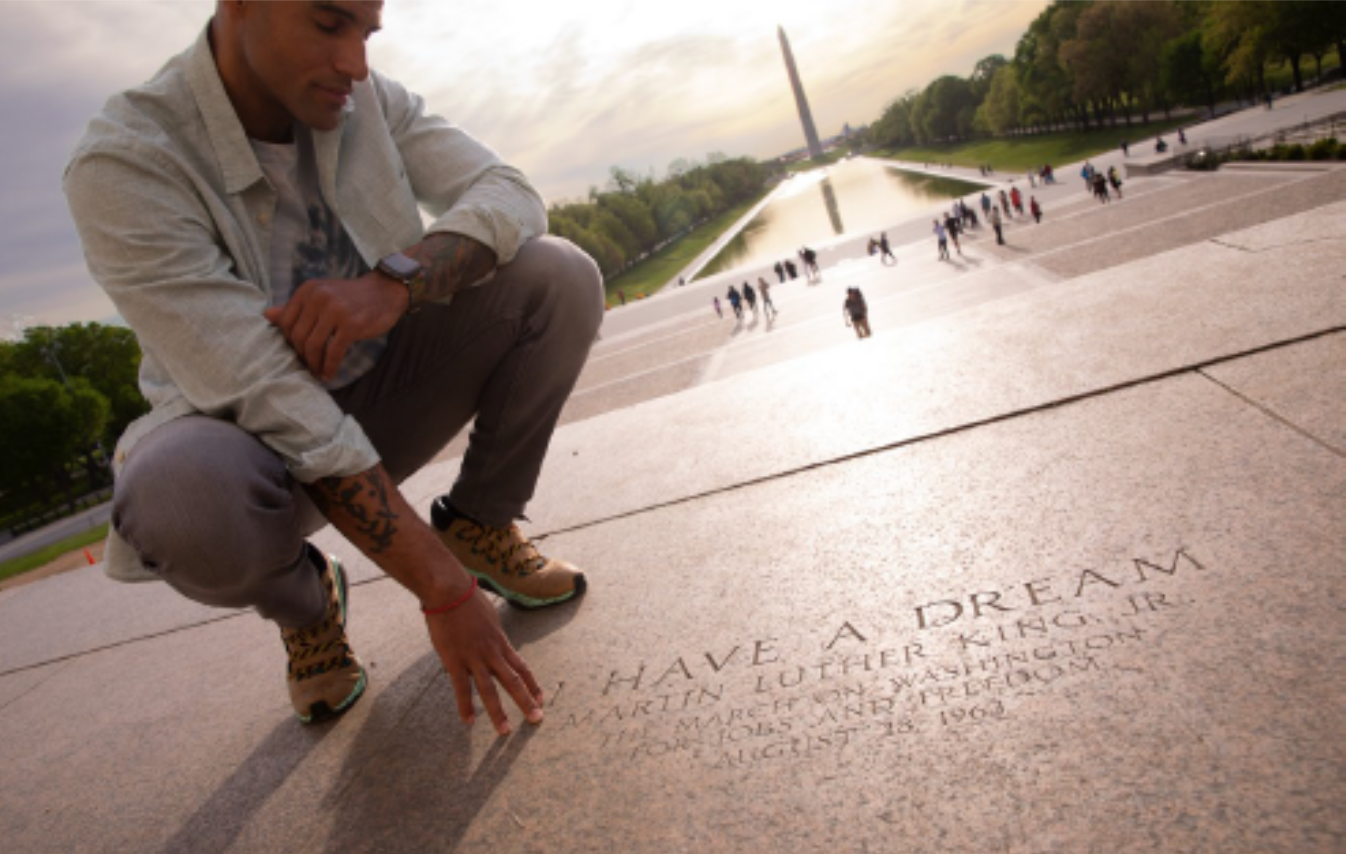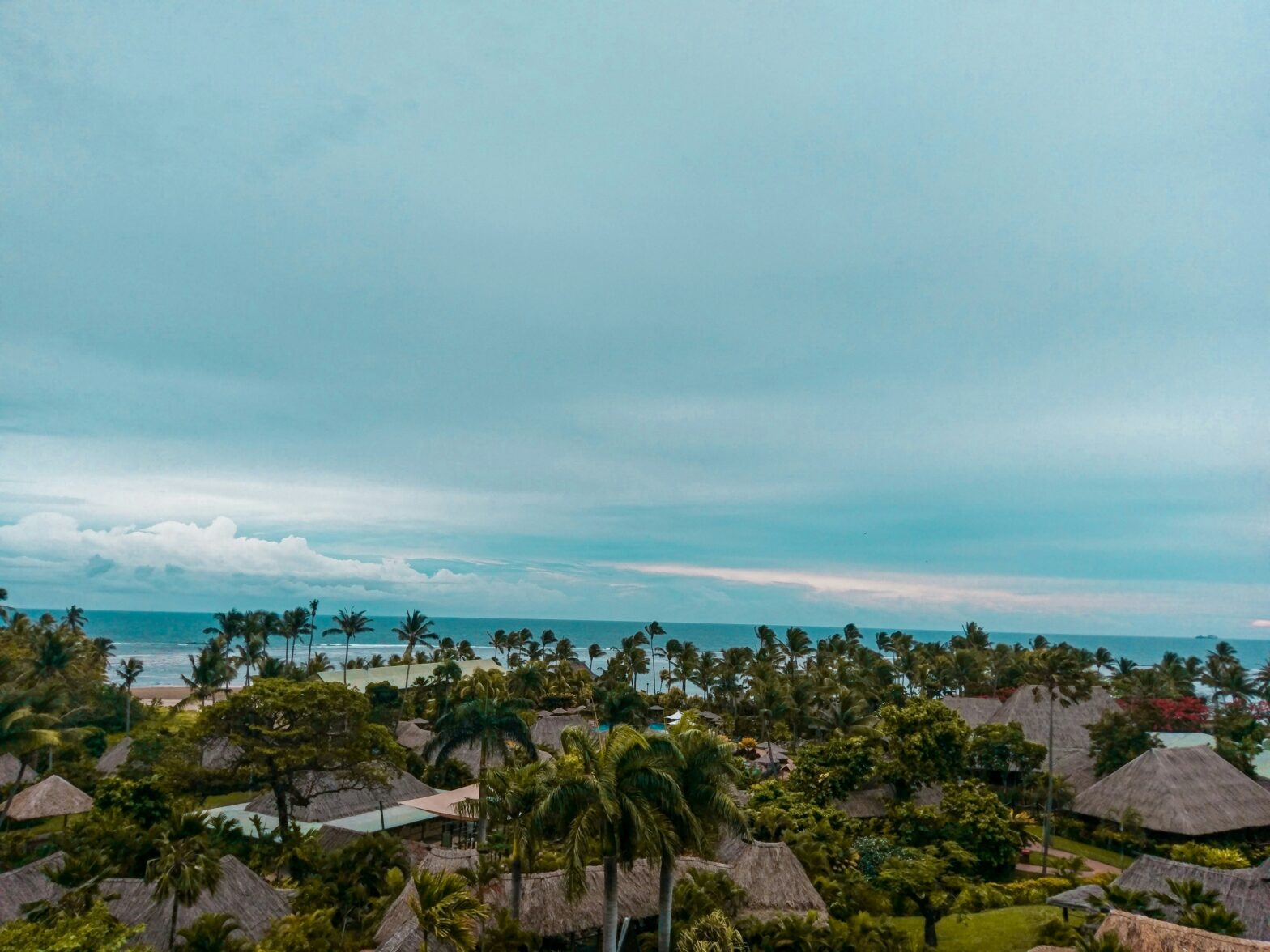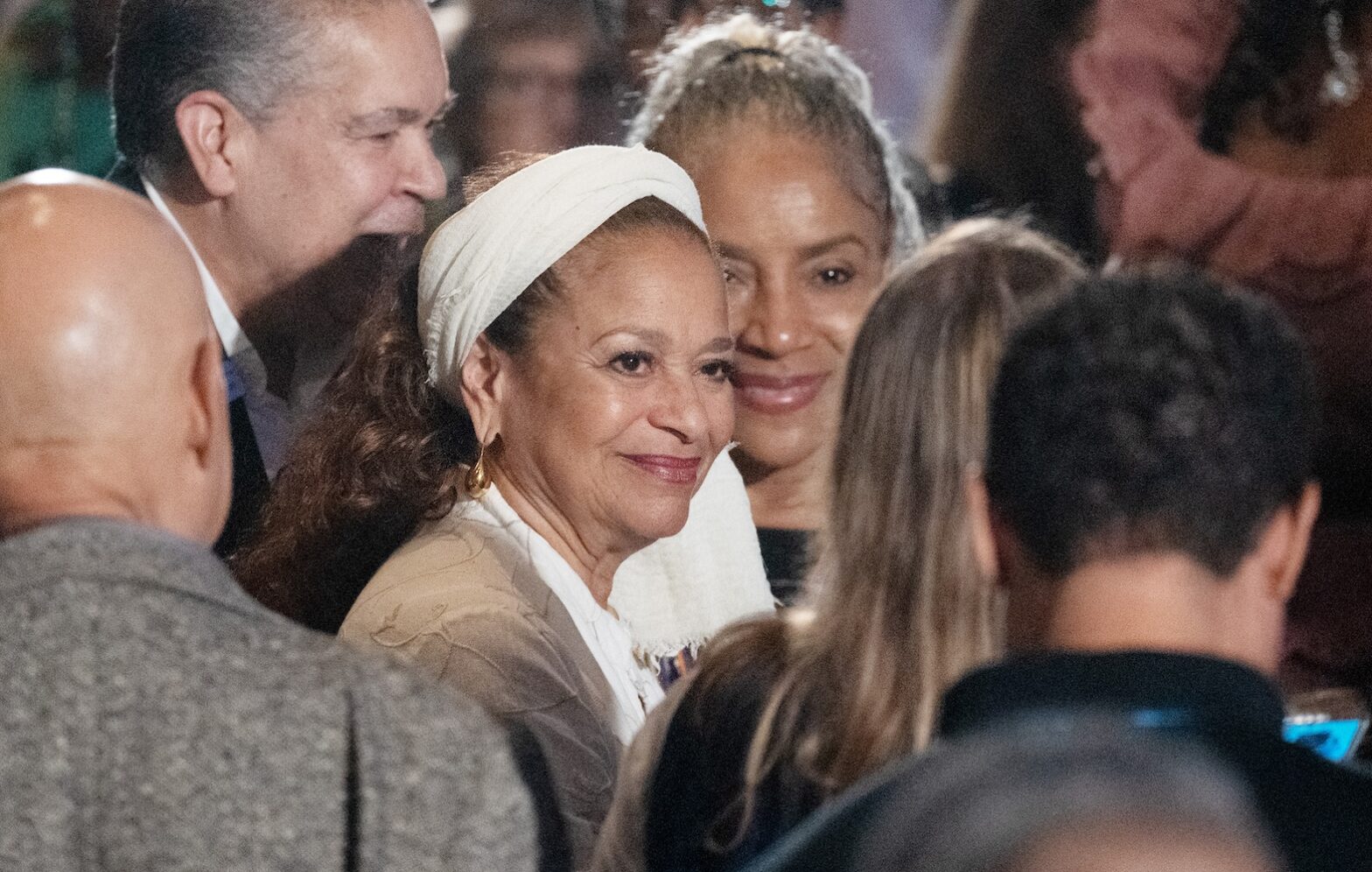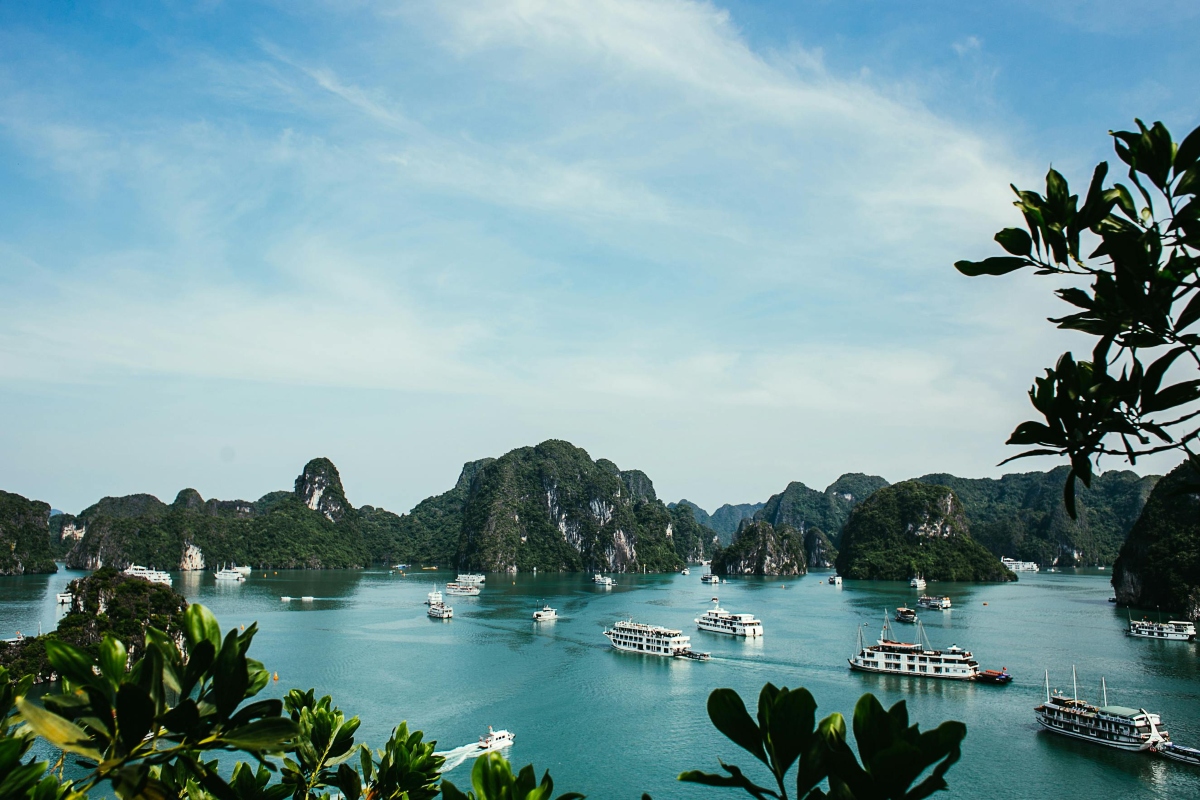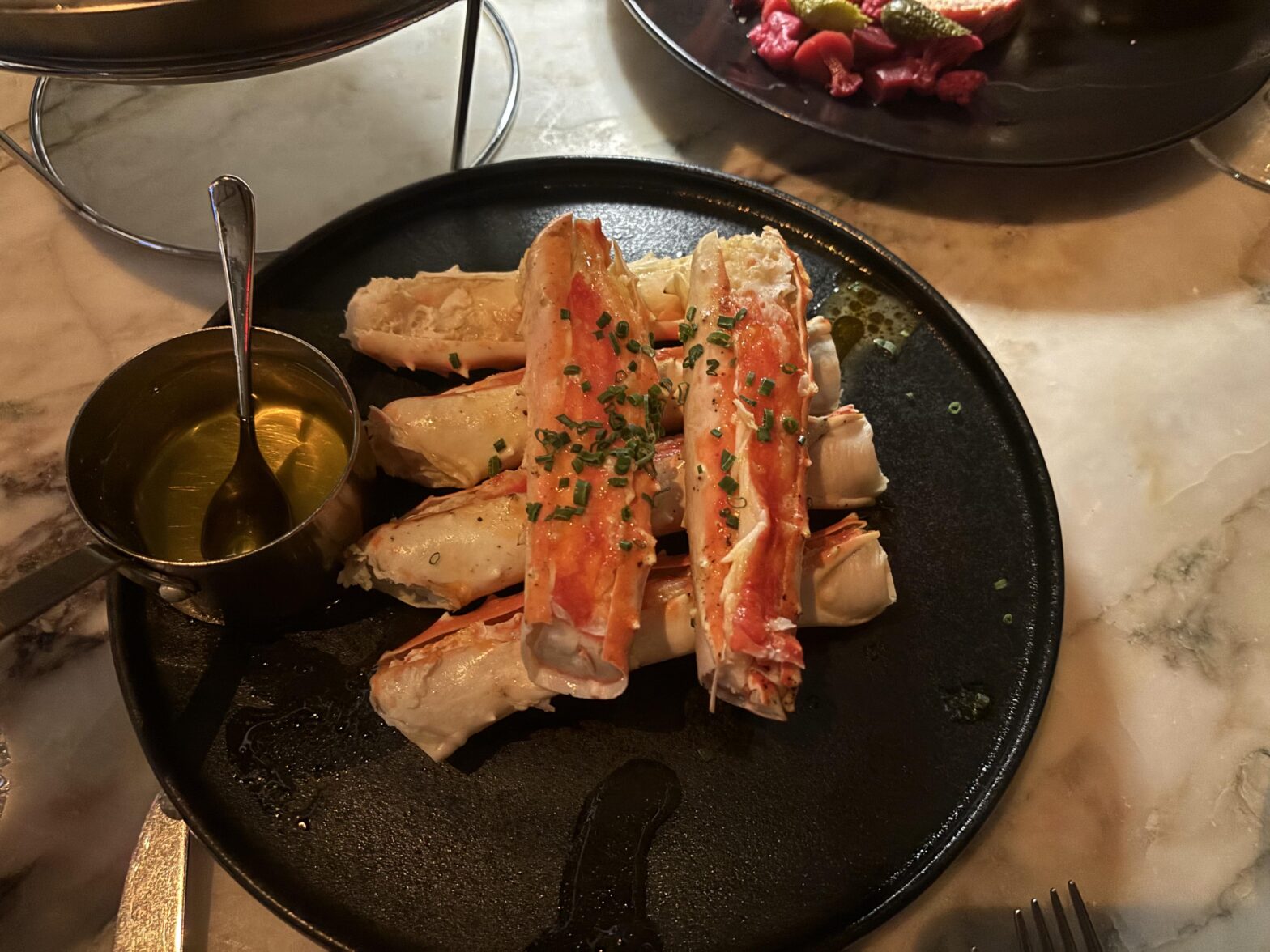Written by: Brianna Rhodes
Washington, D.C., is a popular city for tourism due to its many historical landmarks. People not only visit because it is the nation’s capital but also to understand how the nation has come to be what it is today. Also known as “Chocolate City,” D.C. celebrates Black culture in every part of the city through its people, food, music and more.
Visiting the city can be very overwhelming, especially since there are so many sites to see and things to do. Stand where heroes stood and find your park by checking out these nine national park properties that celebrate Black history and culture in D.C:
Lincoln Memorial
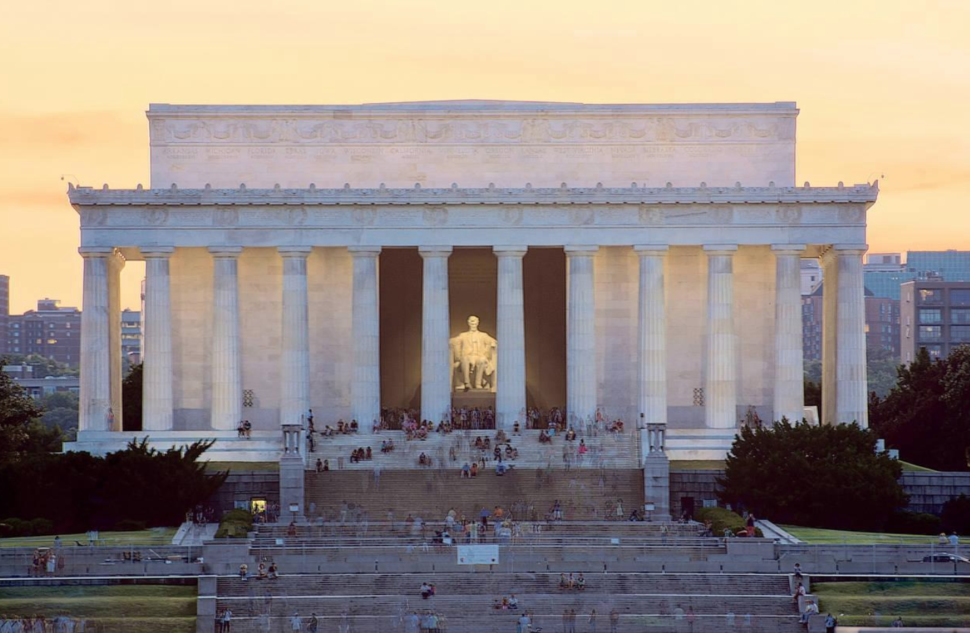
Photo: Lincoln Memorial/Wall Street Journal
The Lincoln Memorial is one of the most popular tourist attractions in Washington, D.C. The memorial was built during the Jim Crow era and is seen as a symbol of “Unity of the States.” This attraction is located at the west end of the National Mall and inside sits a 19-foot tall statue of President Abraham Lincoln. Within the chamber of the memorial are inscriptions from Lincoln’s speeches about the Civil War and slavery.
Two notable moments in Black history took place at the Lincoln Memorial. In 1939, legendary singer Marian Anderson sang at the steps of the memorial after being denied to sing at Constitution Hall due to her race. Martin Luther King also gave his historic “I Have A Dream” speech at the memorial in 1963. Both moments are recognized in a video located in the memorial’s lower lobby.
“I Have A Dream” Inscription at the Lincoln Memorial
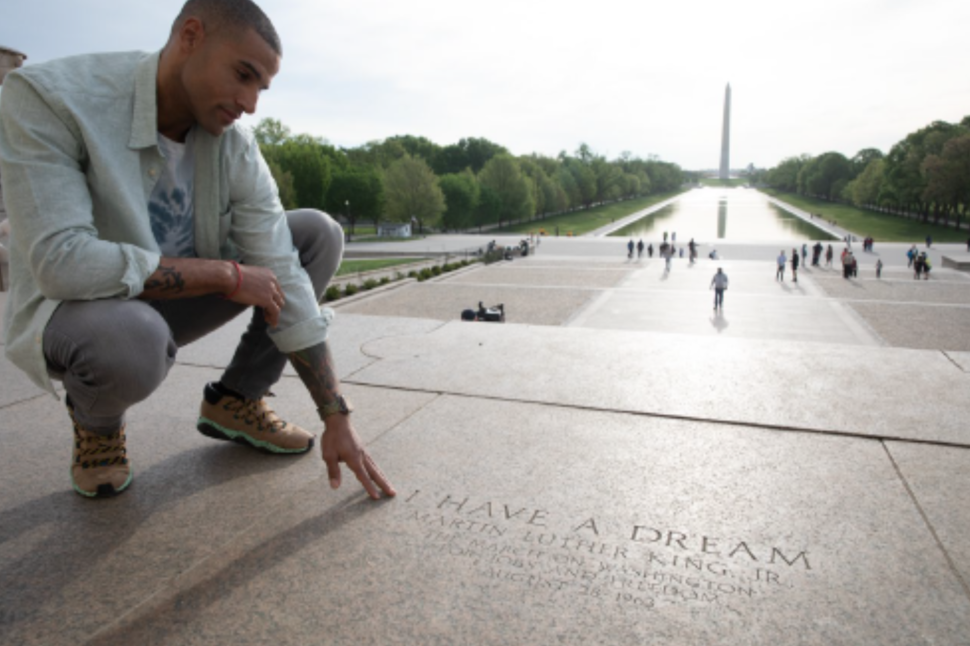
Photo: National Park Foundation
Dr. Martin Luther King, Jr.’s “I Have A Dream” inscription is located on the steps of the Lincoln Memorial. King gave his legendary speech at the end of the March on Washington for Jobs and Freedom in 1963. Thousands of people attended the march, led by King, including celebrities like Harry Belafonte, Sammy Davis, Jr. and more. In 2003, a dedication ceremony with a presentation by Coretta Scott King was held in honor of the inscription being unveiled. It is located in the same spot where King gave his speech.
MLK Stone of Hope
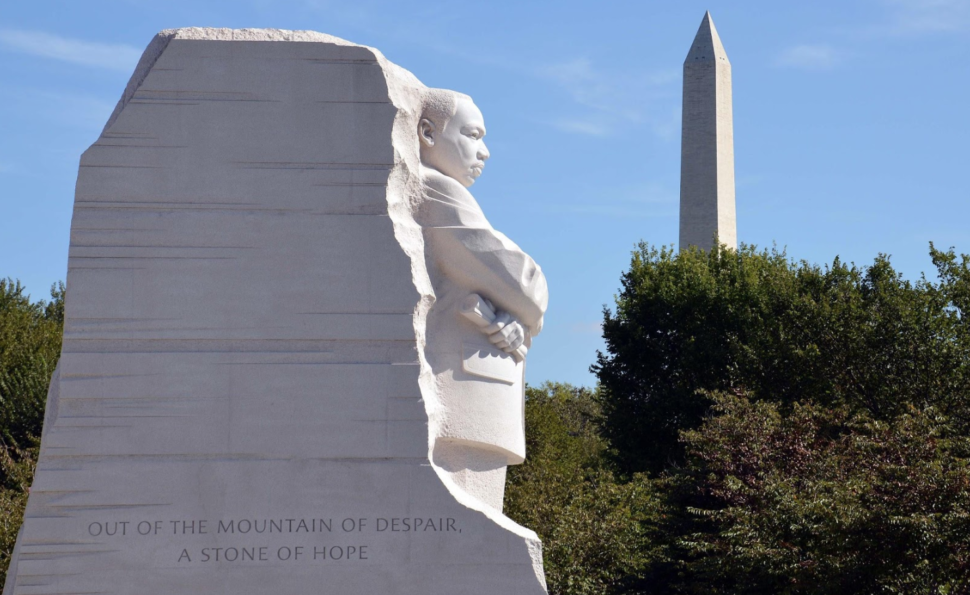
The MLK Stone of Hope is another popular attraction in D.C. The sculpture, a feature of the Martin Luther King Jr. Memorial, located between the Lincoln and Thomas Jefferson memorials honors the life and legacy of Dr. Martin Luther King, Jr. The landmark consists of a wall of quotes by King that highlights the history of the struggle for civil rights in the country. The Stone of Hope stands at 28 feet tall to honor his life and legacy.
Frederick Douglass National Historic Site
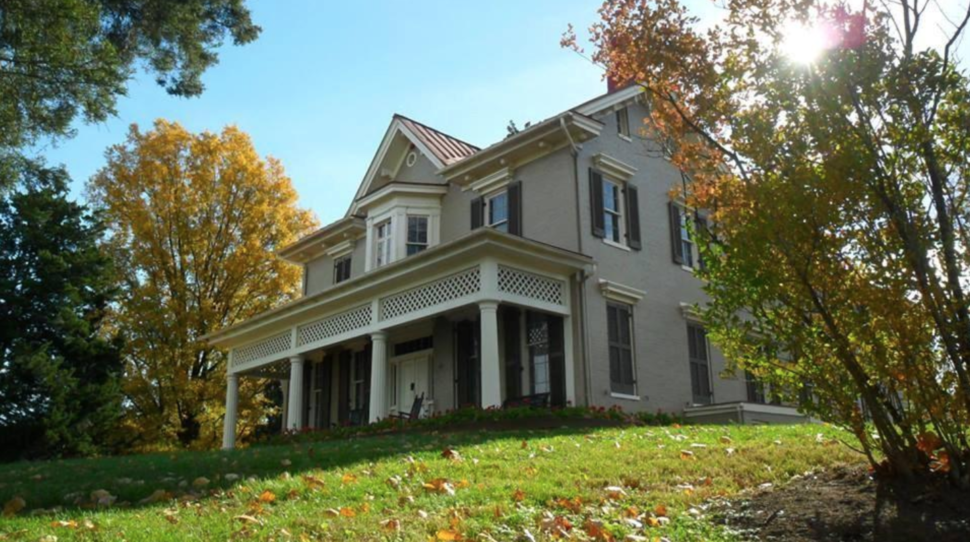
Frederick Douglass is regarded as one of the most prominent abolitionists in U.S. history. The home of the civil rights advocate is a feature of Frederick Douglass National Historic Site and is furnished with some of Douglass’ original belongings from years 1877 to 1895. The historic house sits on top of a 50-foot hill. Guests can tour the visitor center to see exhibits, watch films and walk throughout the grounds of Douglass’s home. Visitors learn an in-depth story about the life of Douglass as a runaway slave, abolitionist, Underground Railroad conductor and more.
Carter G. Woodson Home National Historic Site
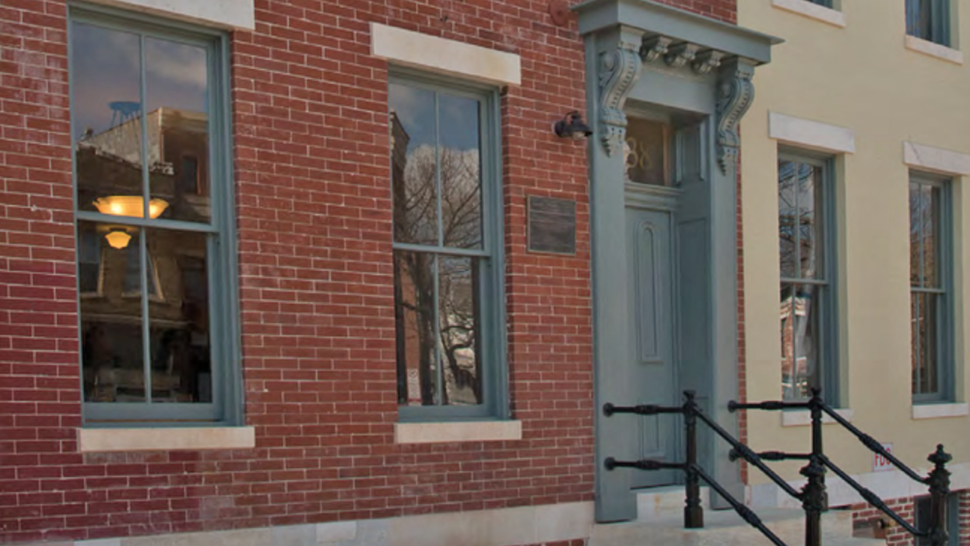
Carter G. Woodson is considered the “Father of Black History.” He was the second African-American to earn a Ph.D. from Harvard University and established Negro History Week, which is now known as Black History Month. The home of the first professionally trained historian of African descent is located in the Shaw neighborhood in Washington, D.C. Dr. Woodson’s home, now preserved as Carter G. Woodson Home National Historic Site, served as the headquarters for the Association for the Study of African American Life and History. It is now open to the public and offers interpretive and educational programs throughout the year.
Mary McLeod Bethune Council House National Historic Site
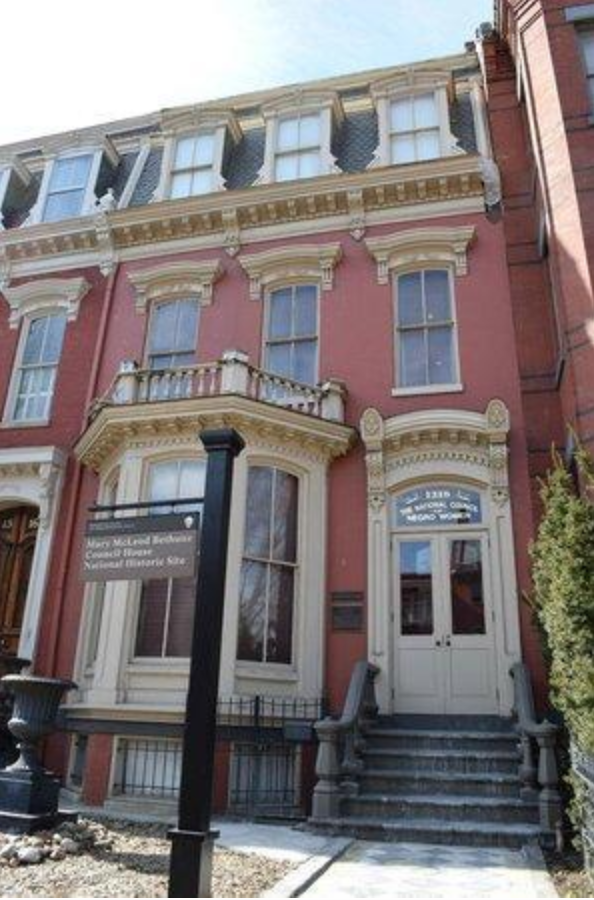
Mary McLeod Bethune Council House National Historic Site is the first headquarters of the National Council of Negro Women (NCNW) and it was the educator and humanitarian’s last home. Bethune, who was the founder and first president of the Bethune-Cookman College, purchased the Victorian in 1943 and lived there until 1949 where she worked to fight for African Americans and women’s civil rights.
Today the site houses the National Archives for Black Women’s History, photographs, and memorabilia linked to Mary McLeod Bethune. Artifacts, clothing, artwork, and other materials linked to the history of Black women and the Black community are still being collected at the site.
Rock Creek Park
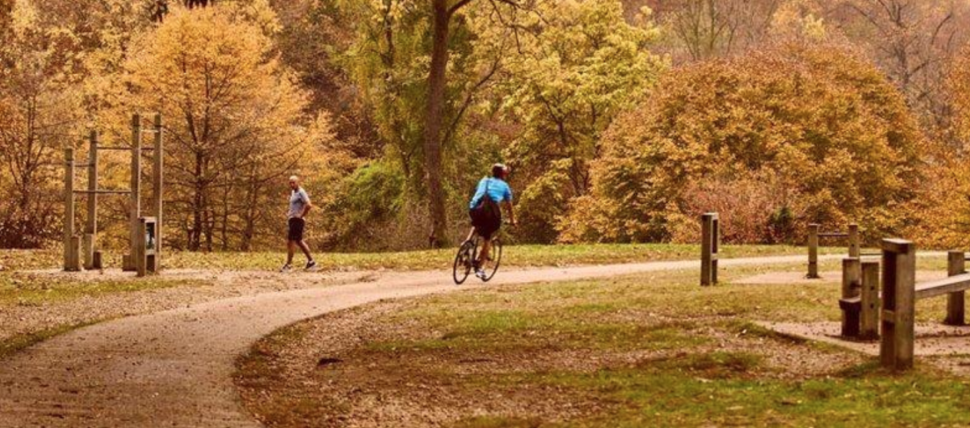
Rock Creek Park is a 1,754-acre park located in Washington, DC. The park offers visitors of all ages many outdoor activities such as hiking, bicycling, educational programs, and tours. Visitors can walk on the trailway dedicated to Piscataway Indians and tour structures and architecture. Visitors can also find remnants from the Civil War at the park as well. And if you’re interested in learning about “Black Georgetown,” check out the park’s walking tour for a list of historic sites.
African-American Civil War Memorial
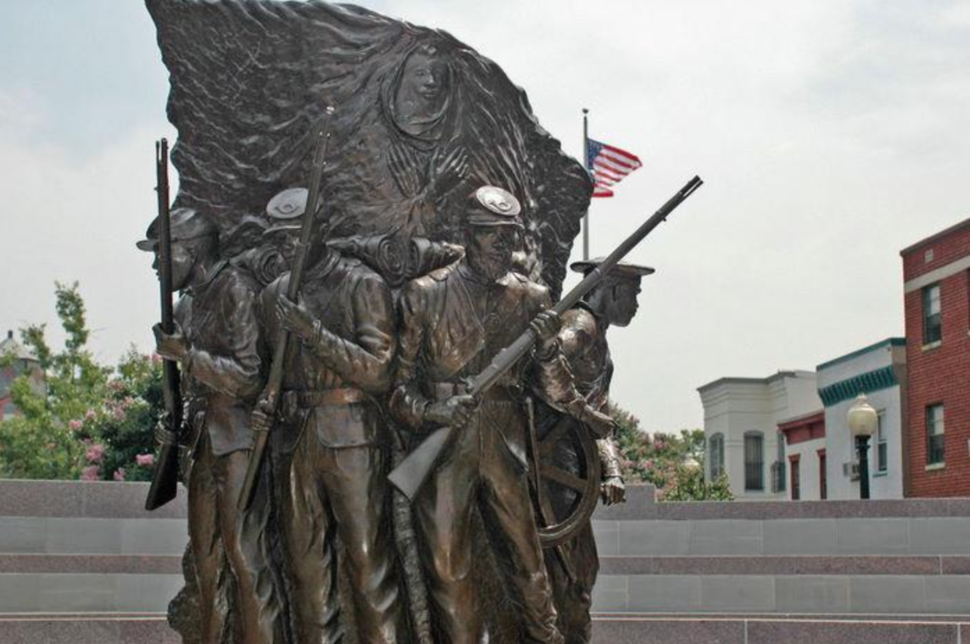
The African American Civil War Memorial recognizes the 209,145 soldiers and sailors who served during the Civil War. Ed Hamilton’s 9-foot bronze sculpture Spirit of Freedom honors the service and sacrifice of the military men who helped end the war that freed millions of slaves. The names of the men who fought in the war names are inscribed on the walls of the memorial.
Ford’s Theater
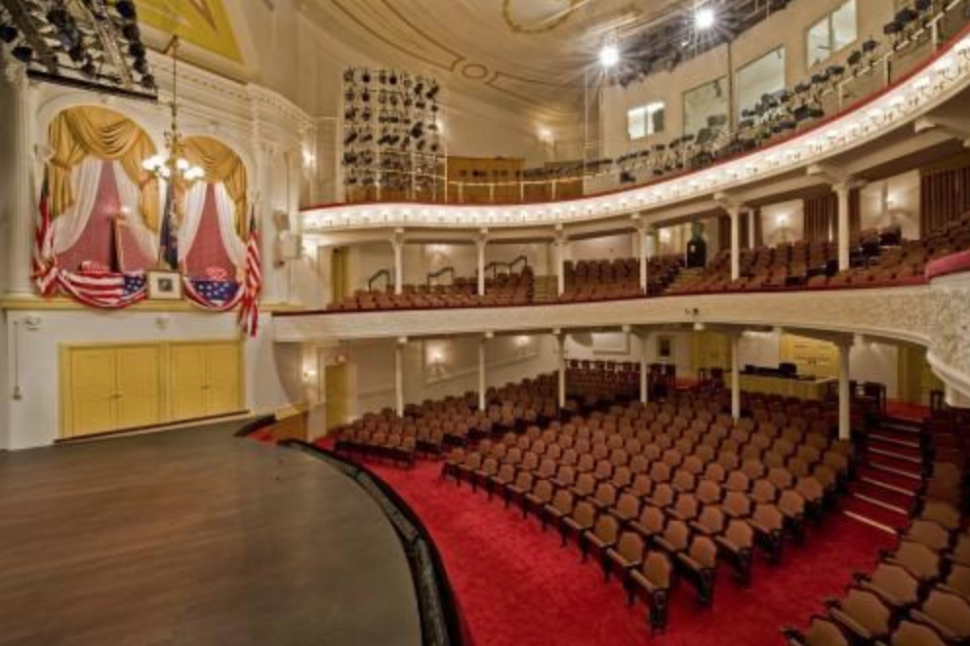
Ford’s Theatre was the location where President Abraham Lincoln was shot by actor John Wilkes Booth on April 14, 1865. It was the first assassination of an American president. The exterior walls of the three-story brick building are the only original features that remain of the 19th-century theatre. The interior of the building was recreated to emulate the appearance of the building the night Lincoln was shot.
These national park sites and properties will give you most of the information you need to know about Black History and recreation in the nation’s capital. Each place shares knowledge about our past in order to gain a better understanding of the nation’s history. Make sure to check out these places while taking a trip to Washington, D.C. and Find Your Park!
